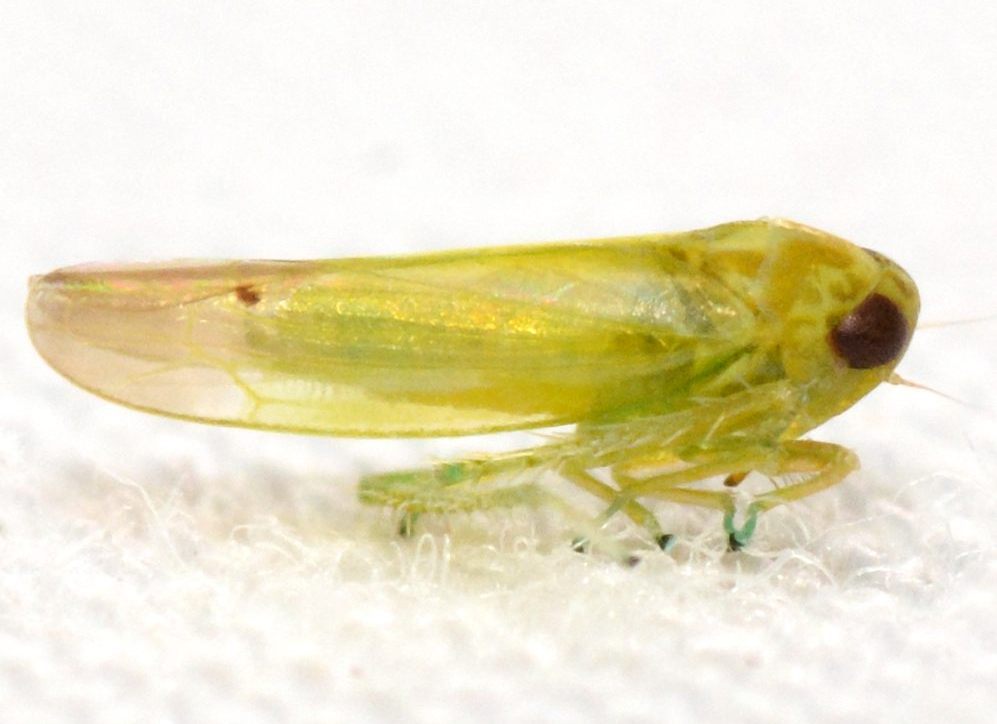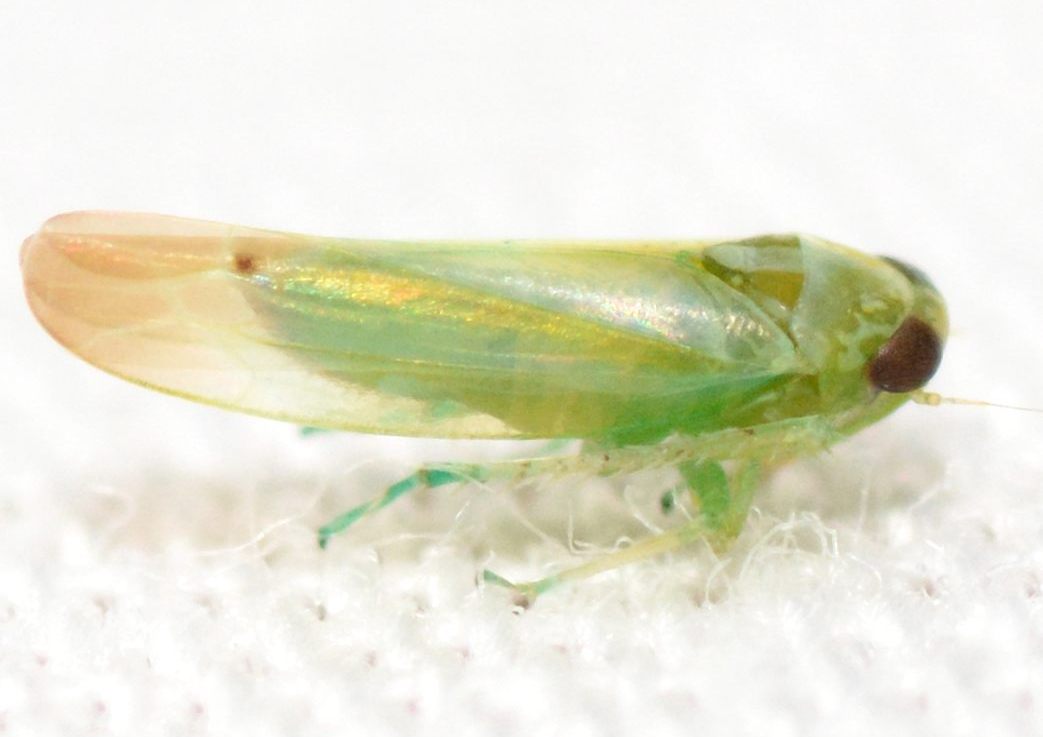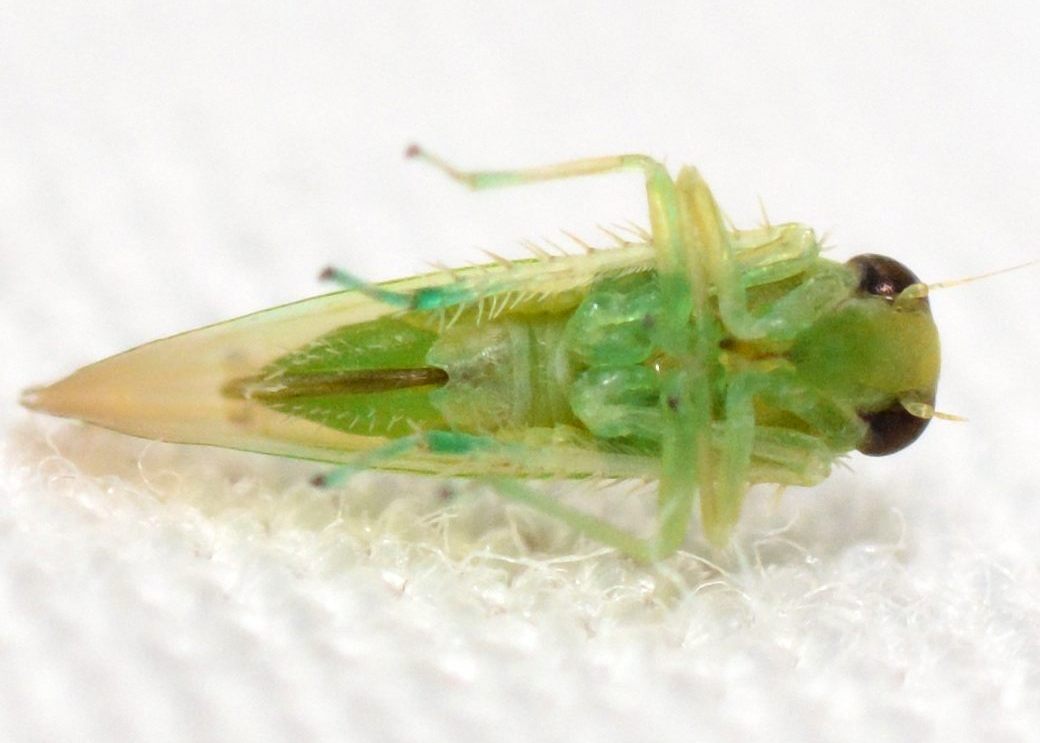| description |
A greenish to yellowish-green species, with males yellower than females. There is a large, prominent black spot before the crossvein of the inner apical cell on each wing. The vertex is broadly rounded and slightly produced beyond the anterior margins of the eyes; it almost twice as wide between the eyes as the length at the middle, and is parallel-margined. The pronotum is wider and more than twice as long as the head. The female pregenital sternite has the posterior margin convexly rounded and narrowing towards the center, with a U-shaped notch in the middle extending about a quarter of the way to the base; there are two rounded lobes on either side of the sternite. The male plates are six times as long as the width at the base with the tips tapered and upturned. The male aedeagus is simple, the styles are slightly curved and gradually tapered, and the lateral processes of the pygofers are curved inwards near the apices. Adults are around 3.5-3.75 mm long. (DeLong, 1931) |
| comments |
This species superficially resembles Kyboasca papyriferae, a northern species recorded as far south as New Hampshire (previously only known from Ontario and Cape Breton Island) that has been collected from paper birch, white ash, and sugar maple (Chandler and Hamilton, 2017). This species likely does not occur this far south, and coloration of the females is different (uniformly vivid green for papyriferae, greenish with a pale bluish-grey clavus for pergandei, per the specimen on here; head and pronotal coloration also differs). |
Species Photo Gallery for Kyboasca pergandei No Common Name |
 | Photo by: Ted Wilcox
Watauga Co.
Comment: unid_leafhopper |  | Photo by: Ted Wilcox
Watauga Co.
Comment: unid_leafhopper |
 | Photo by: Kyle Kittelberger, Brian Bockhahn
Polk Co.
Comment: 1 male (3.5 mm), 1 female ( mm) collected | 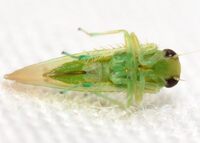 | Photo by: Kyle Kittelberger, Brian Bockhahn
Polk Co.
Comment: 1 male (3.5 mm), 1 female (3.5 mm) collected |
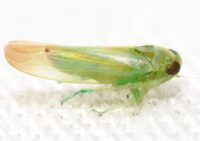 | Photo by: Kyle Kittelberger, Brian Bockhahn
Polk Co.
Comment: 1 male (3.5 mm), 1 female (3.5 mm) collected | 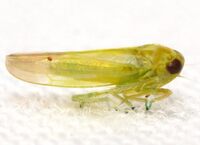 | Photo by: Kyle Kittelberger, Brian Bockhahn
Polk Co.
Comment: 1 male (3.5 mm), 1 female (3.5 mm) collected |
 | Photo by: Kyle Kittelberger, Brian Bockhahn
Polk Co.
Comment: 1 male (3.5 mm), 1 female (3.5 mm) collected | 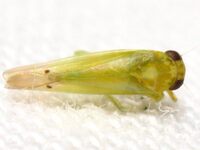 | Photo by: Kyle Kittelberger, Brian Bockhahn
Polk Co.
Comment: 1 male (3.5 mm), 1 female (3.5 mm) collected |
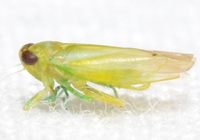 | Photo by: Kyle Kittelberger, Brian Bockhahn
Transylvania Co.
Comment: male |  | Photo by: Kyle Kittelberger, Brian Bockhahn
Transylvania Co.
Comment: male |
 | Photo by: Kyle Kittelberger, Brian Bockhahn
Transylvania Co.
Comment: male | 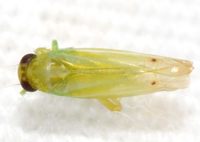 | Photo by: Kyle Kittelberger, Brian Bockhahn
Transylvania Co.
Comment: male |
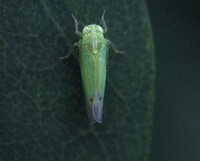 | Photo by: Ted Wilcox
Watauga Co.
Comment: unid_leafhopper | 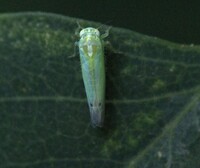 | Photo by: Ted Wilcox
Watauga Co.
Comment: unid_leafhopper |
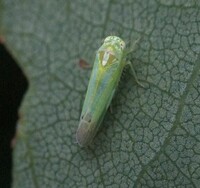 | Photo by: Ted Wilcox
Watauga Co.
Comment: unid_leafhopper | 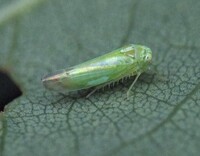 | Photo by: Ted Wilcox
Watauga Co.
Comment: unid_leafhopper |
 | Photo by: Ted Wilcox
Watauga Co.
Comment: unid_leafhopper | 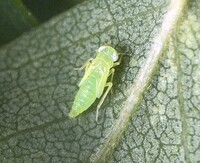 | Photo by: Ted Wilcox
Watauga Co.
Comment: I believe this to be the nymph of Kyboasca pergandei because I saw it at the same time on the same branch of Black Locust as the three adults I saw on 7/6/23. - unid_leafhopper |
 | Photo by: Ted Wilcox
Watauga Co.
Comment: unid_leafhopper |  | Photo by: Ted Wilcox
Watauga Co.
Comment: unid_leafhopper |
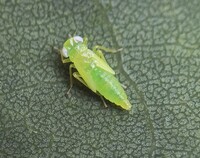 | Photo by: Ted Wilcox
Watauga Co.
Comment: unid_leafhopper | 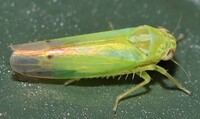 | Photo by: Rob Van Epps
Watauga Co.
Comment: Attracted to porch light. Wooded neighborhood at high elevation. |
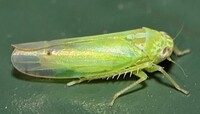 | Photo by: Rob Van Epps
Watauga Co.
Comment: Attracted to porch light. Wooded neighborhood at high elevation. |

 »
»